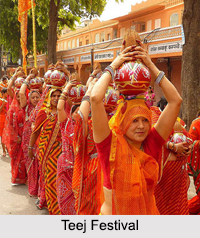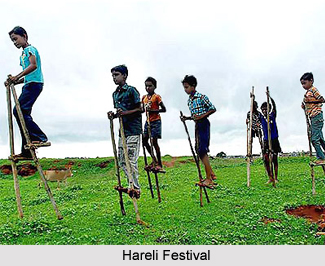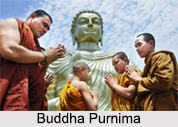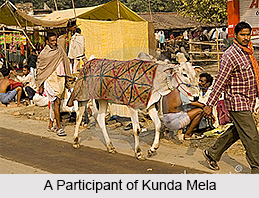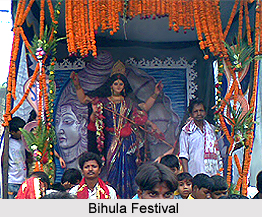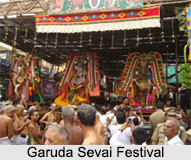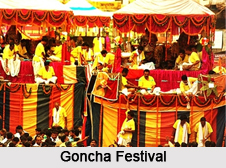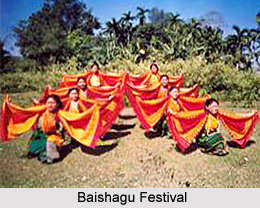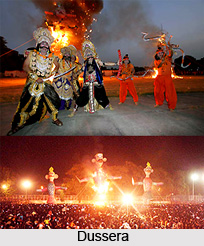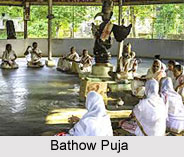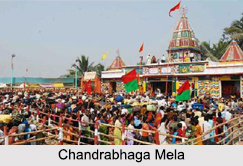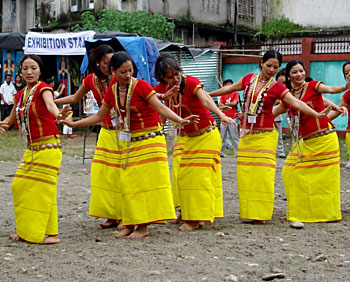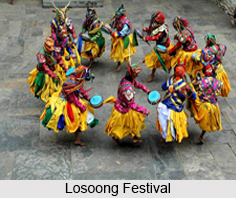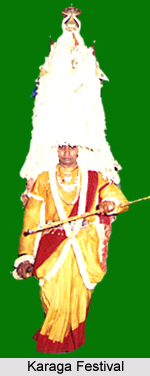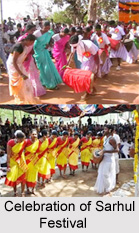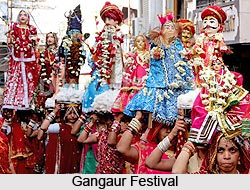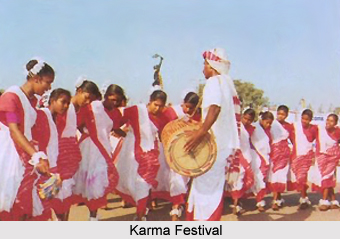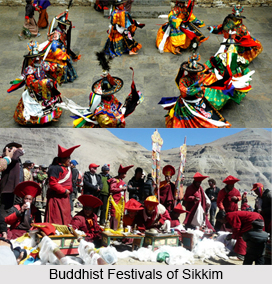 Buddhist Festivals in Sikkim enhance the spiritual aura of Sikkim whilst adding to the grandeur of the place. Buddhism in Sikkim is prevalent. The festivals are celebrated with a lot of pomp and show and as per the Buddhist calendar. Throughout all these festivals the citizens of Sikkim indulge in vibrant and lively dances and music.
Buddhist Festivals in Sikkim enhance the spiritual aura of Sikkim whilst adding to the grandeur of the place. Buddhism in Sikkim is prevalent. The festivals are celebrated with a lot of pomp and show and as per the Buddhist calendar. Throughout all these festivals the citizens of Sikkim indulge in vibrant and lively dances and music.
Some of the commonly celebrated festivals in Sikkim are as follows:
Saga Dawa
This is the "Triple Blessed Festival" and is considered as the holiest of the holy Buddhist festivals. On this day in different years of his life, Lord Buddha took birth, achieved Enlightenment and passed away attaining Nirvana, all these three important events are celebrated in the festival of Saga Dawa.
Drukpa Tse Shi
This festival celebrates Buddha"s first preaching of the four Noble Truths to his first five disciples in a deer park at Sarnath. This festival is held on the 4th day of the 6th month of the Buddhist calendar around August. At Gangtok, Drukpa Tse Shi is marked by prayers at the Deer Park. The festival is also celebrated by holding a Yak race at a secluded place called Muguthang in extreme North Sikkim.
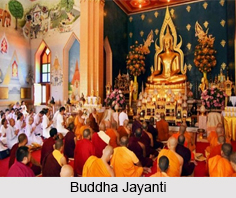 Guru Rinpoche"s Trungkar Tse Chu
Guru Rinpoche"s Trungkar Tse Chu
The birth anniversary of Guru Padmasambhava, who is also known as Guru Rinpoche, is celebrated in Sikkim with great pomp. A procession, which originates from the Chorten, carrying the statue of the Guru is taken out around the town of Gangtok. In the evening, dramas and concerts depicting the life of the Guru are held.
Pang Lhabsol
This festival is quite unique to Sikkim. It was popularized by the third Chogyal of Sikkim, Chakdor Namgyal. In this festival, the snowy range of Kanchenjunga is worshipped for its unifying powers. This festival marks the signing of the treaty of brotherhood between the Lepchas and Bhutias. On this day, the guardian deity is portrayed by masked Lama dancers as a fiery red-faced deity with a crown of five skulls, riding a snow lion.
Lhabab Dhuechen
This is a Buddhist festival celebrated to observe the Descent of Buddha from heaven back to earth. Buddha had left for heaven at the age of 41, having ascended to The Heaven of Thirty-Three in order to give teachings to benefit the Gods in the desireed realms and to repay the kindness of his mother by liberating her from Samsara. "Dhuechen" means festival, "Lha" means heaven and "Bab" means descent.
Losoong
Losoong marks the end of the harvest season and also the end of the tenth month of the Tibetan Year. This is also known as Sonam Lossar. As a matter of fact this can be called as an agricultural New Year when rice and grains are plentiful. This falls in a lean season and when it is extremely cold. Before Losoong, a ceremony called "Gutor" is performed by monks in the monasteries.
Bhumchu
This festival is held at the monastery at Tashiding in the month of January or February. During the festival, the pot containing the Holy water is opened by the lamas of the monastery. The level of water in the pot foretells the future for the forthcoming year. A part of the holy water is distributed amongst the gathering of devotees and the pot is replenished with river water and sealed at the end of the festival to be opened only in the next Bhumchu.
Kalchakra Puja
Kalchakra is one of the deities in Buddhism. The rituals and meditations performed to Kalchakra with the ultimate aim of attaining Nirvana or Buddhahood is known as the Kalchakra Puja. The Dalai Lama is presently the ultimate authority in teachings of Kalchakra Puja which His Holiness performs to initiate the disciples.
